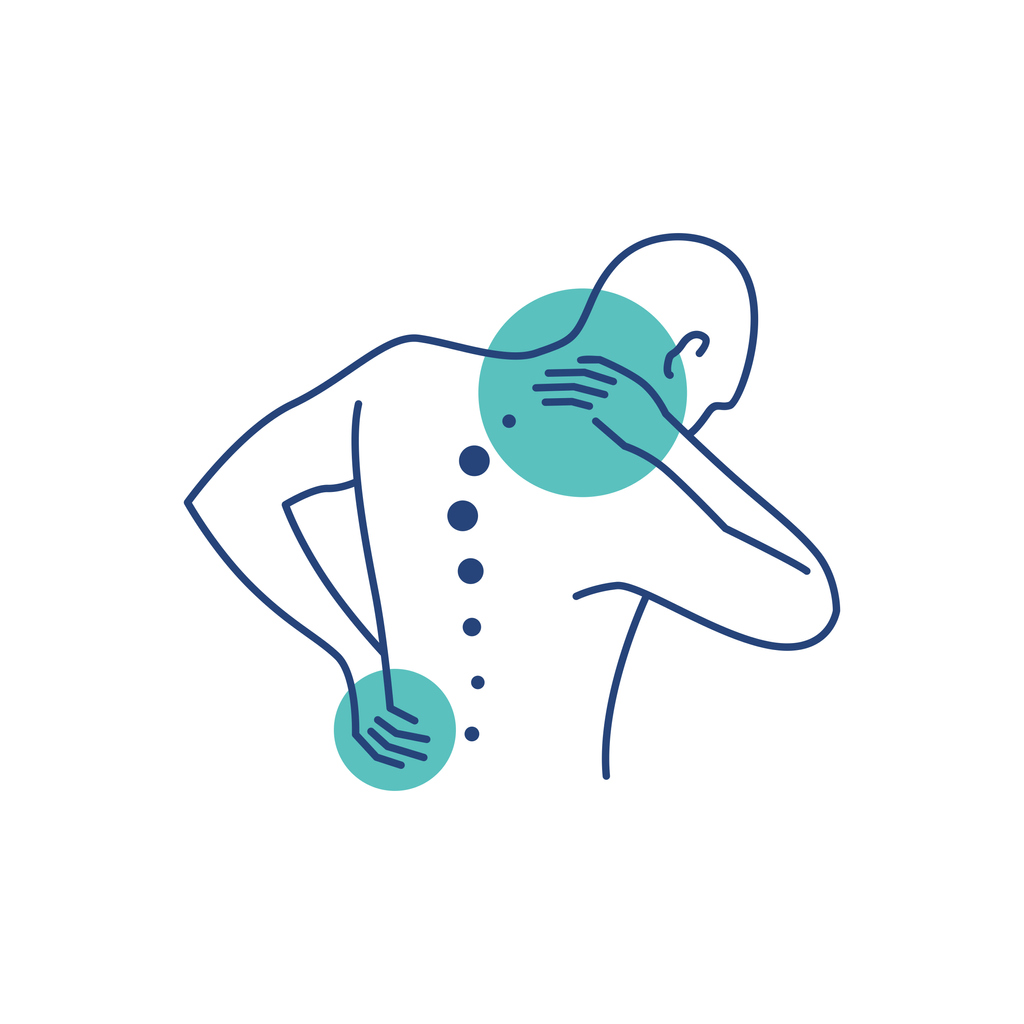Pain
Is Bed Rest a Smart Treatment Choice for Back Pain?

A week or more of bed rest used to be a common recommendation for severe back pain. However, research shows that extended bed rest can be ineffective at best and may even worsen back pain or cause other health issues. As a result, recommendations regarding bed rest for back pain have changed.
The risks of prolonged bed rest
Prolonged bed rest poses various risks. First, it can lead to deconditioning of the muscles. Weak muscles can reduce mobility and cause increased pain. Second, lying flat for extended periods can lead to an accumulation of fluids, which can change the size of spinal discs. This makes the discs more prone to injury. Third, extended bed rest can change the natural curvature of the spine, leading to pain and mobility issues.
In addition, too much bed rest can cause digestive issues, such as constipation. It also increases the risk of blood clots in the legs or lungs. It can also negatively impact mental health, leading to depression or other mental health issues.
Required bed rest recommendations
If bed rest is required, it is generally best to limit it to as short of a period as possible (per a doctor’s instructions). Correct placement of pillows can help reduce strain on the back. If lying on the side of the body, pillows can be placed under the head and between the knees. If lying on the back, a pillow can be placed under the knees. If lying on the stomach, a pillow can be placed under the hips.
Alternatives to bed rest
As much as possible, individuals with back pain should continue with normal daily activities as directed by a health care professional. Temperature therapy, massage, or topical analgesics may be beneficial.
In addition, stretching and participating in low-impact activities can reduce pain and improve mobility. Activities that may help include the following:
- Swimming or water therapy
- Gentle yoga
- Hamstring stretches
- Core-strengthening exercises
It’s important to consult a medical professional if back pain worsens, does not improve, or before beginning any new physical activity.


















